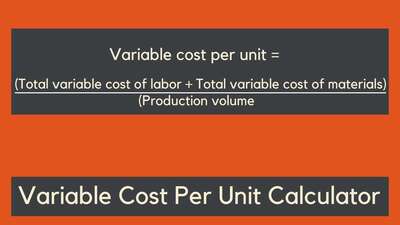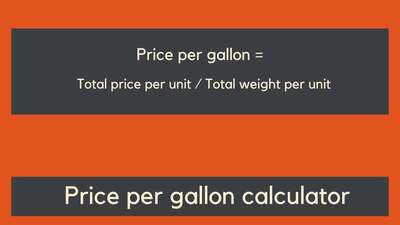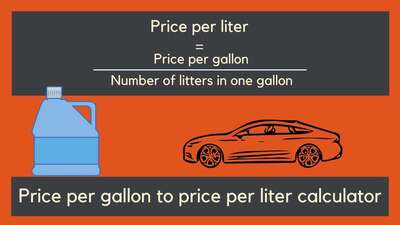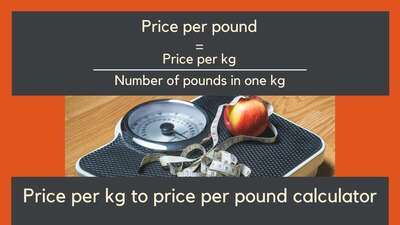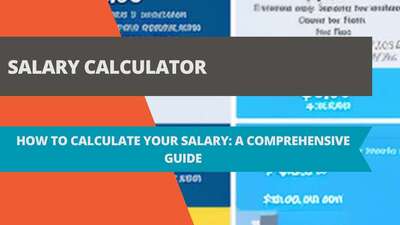Social Security Calculator: A Comprehensive Guide

- Definition of a Social Security Calculator
- The Formula for Calculating Social Security Benefits
- Examples of How to Use the Social Security Calculator
- Example 1:
- Example 2:
- Explanation of the Social Security Calculator
- Social Security Calculator FAQ
- What is the best Social Security calculator?
- How accurate is the Social Security calculator?
- How do I use the Social Security calculator?
- What factors affect my Social Security benefits?
- Conclusion
When it comes to retirement planning, Social Security benefits play a crucial role in ensuring a comfortable retirement. However, calculating your Social Security benefits can be complicated, and it's essential to know how much you can expect to receive. This is where the Social Security calculator comes in handy. In this article, we will discuss what a Social Security calculator is, how it works, and how to use it to determine your Social Security benefits.
Definition of a Social Security Calculator
A Social Security calculator is a tool that helps you estimate your Social Security benefits. It takes into account your earnings history, age, and retirement plans to calculate how much you can expect to receive in Social Security benefits each month. The calculator also provides information on how much you can receive if you choose to claim benefits at different ages.
The Formula for Calculating Social Security Benefits
Calculating your Social Security benefits can be complicated, but the formula used by the Social Security Administration (SSA) is relatively straightforward. The formula takes into account your highest 35 years of earnings, adjusts those earnings for inflation, and calculates your average indexed monthly earnings (AIME).
Once your AIME is calculated, the SSA applies a formula to determine your primary insurance amount (PIA), which is the amount you will receive at full retirement age (FRA). The PIA is calculated as follows:
PIA = AIME x PIA factor
The PIA factor varies depending on your FRA, which is determined by your birth year. If you were born between 1943 and 1954, your FRA is 66. If you were born in 1960 or later, your FRA is 67. If you were born between 1955 and 1959, your FRA is somewhere between 66 and 67.
Examples of How to Use the Social Security Calculator
Let's take a look at a couple of examples to see how the Social Security calculator works:
Example 1:
John was born in 1965 and plans to retire at age 67. His earnings history shows that he earned $50,000 per year for the past 35 years. Using the Social Security calculator, we can estimate John's Social Security benefits as follows:
- John's AIME = $50,000 x 35 years = $1,750,000
- John's PIA factor = 0.90 (because his FRA is 67)
- John's PIA = $1,750,000 x 0.90 = $1,575
John can expect to receive $1,575 per month in Social Security benefits at his FRA of 67.
Example 2:
Mary was born in 1954 and plans to retire at age 66. Her earnings history shows that she earned $30,000 per year for the past 35 years. Using the Social Security calculator, we can estimate Mary's Social Security benefits as follows:
- Mary's AIME = $30,000 x 35 years = $1,050,000
- Mary's PIA factor = 1.00 (because her FRA is 66)
- Mary's PIA = $1,050,000 x 1.00 = $1,050
Mary can expect to receive $1,050 per month in Social Security benefits at her FRA of 66.
Explanation of the Social Security Calculator
Now that we've discussed what a Social Security calculator is and how to use it, let's take a closer look at how the calculator works. The calculator takes into account several factors, including your earnings history, your age, and your retirement plans.
When using the Social Security calculator, you will need to enter your earnings history, which includes the amount of money you earned each year during your working career. The calculator will then adjust your earnings for inflation and calculate your AIME. Once your AIME is calculated, the calculator will determine your PIA using the formula discussed earlier.
The Social Security calculator also provides information on how much you can receive if you choose to claim benefits at different ages. You can claim Social Security benefits as early as age 62, but your benefits will be reduced if you do so. If you wait until your FRA to claim benefits, you will receive your full PIA. If you choose to delay claiming benefits until after your FRA, your benefits will be increased by a certain percentage, up to age 70.
Social Security Calculator FAQ
What is the best Social Security calculator?
There are several Social Security calculators available online, including the official Social Security Administration's calculator. The best calculator for you will depend on your specific needs and preferences.
How accurate is the Social Security calculator?
The Social Security calculator is generally accurate, but it's important to remember that it is an estimate. Your actual Social Security benefits may be different depending on several factors, including changes to the Social Security program and your specific earnings history.
How do I use the Social Security calculator?
To use the Social Security calculator, you will need to enter your earnings history, birth year, and retirement plans. The calculator will then estimate your Social Security benefits based on the information you provide.
What factors affect my Social Security benefits?
Several factors can affect your Social Security benefits, including your earnings history, your age, your retirement plans, and changes to the Social Security program. It's essential to understand how these factors can impact your benefits to ensure that you receive the maximum amount of benefits possible.
Conclusion
Calculating your Social Security benefits can be complicated, but using a Social Security calculator can help simplify the process. By understanding what a Social Security calculator is, how it works, and how to use it, you can estimate your Social Security benefits and plan for a comfortable retirement. Remember to consider all of the factors that can affect your benefits and consult with a financial advisor if you have any questions or concerns.
In conclusion, understanding how to estimate your Social Security benefits is an essential part of retirement planning. A Social Security calculator can be an incredibly useful tool in this process, helping you estimate your benefits based on your earnings history and retirement plans. By using the formula and examples provided in this article, you can get a better understanding of how the calculator works and how to use it to your advantage. Remember to consider all of the factors that can affect your benefits, and consult with a financial advisor if you have any questions or concerns. With proper planning, you can ensure that you receive the maximum amount of Social Security benefits and enjoy a comfortable retirement.





![Car Loan Calculator: Definition, Formula, Examples, and FAQs [2023 Guide]](/images/page/400/car-loan-calculator-13.jpg)










